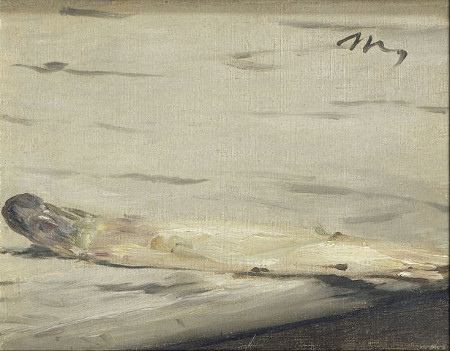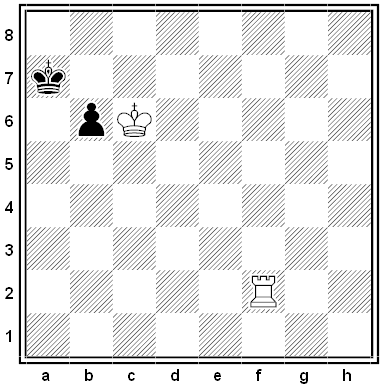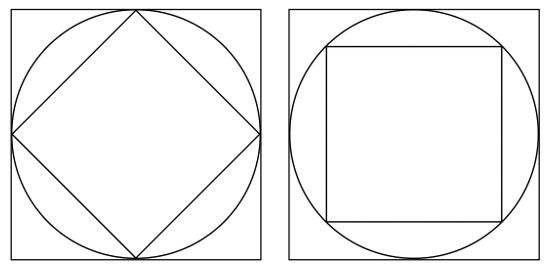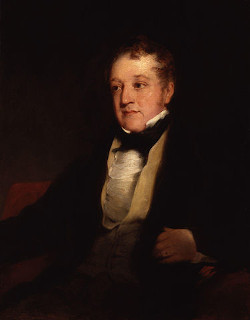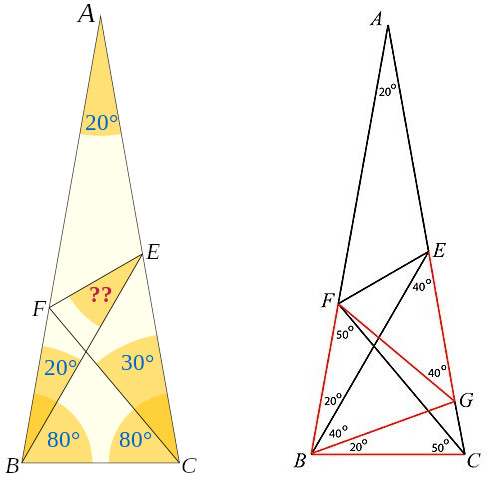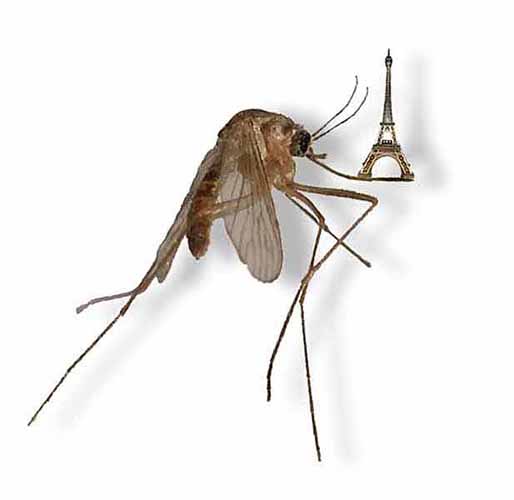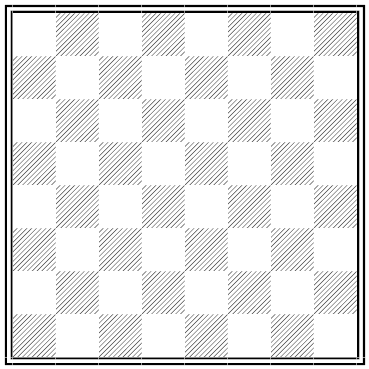The following story is true. There was a little boy, and his father said, ‘Do try to be like other people. Don’t frown.’ And he tried and tried, but could not. So his father beat him with a strap; and then he was eaten up by lions.
Reader, if young, take warning by his sad life and death. For though it may be an honour to be different from other people, if Carlyle’s dictum about the 30 millions be still true, yet other people do not like it. So, if you are different, you had better hide it, and pretend to be solemn and wooden-headed. Until you make your fortune. For most wooden-headed people worship money; and, really, I do not see what else they can do. In particular, if you are going to write a book, remember the wooden-headed. So be rigorous; that will cover a multitude of sins. And do not frown.
— Oliver Heaviside, “Electromagnetic Theory,” in The Electrician, Feb. 23, 1900
(When asked the population of England, Thomas Carlyle had said, “Thirty million, mostly fools.”)

